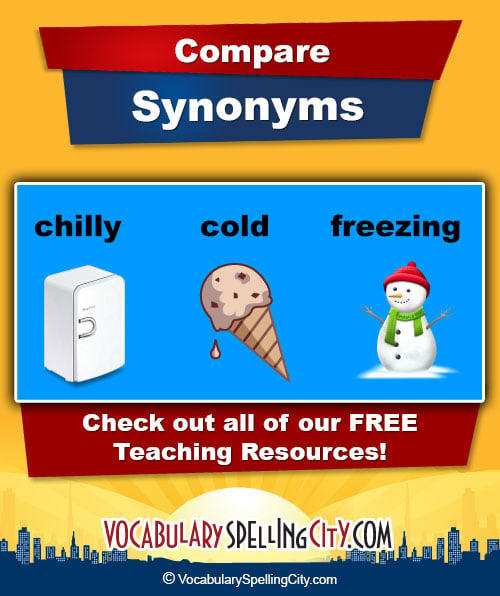

The same applies when selecting antonyms. Synonyms for ‘bright’: radiant, lustrous, intelligent, vivid, rich sparkling, aglow, sleek, glossy.Ģ. Have a look at the following. Can your child see how the synonym choice alters the sense/meaning of the sentences? They need to be able to select synonyms and antonyms that retain the sense/meaning of the sentence.ġ. They should be using a wide range of rich vocabulary in their writing. By the end of Year 6 children need to understand what synonyms and antonyms are. Step 2 - So, what do we already know about synonyms and antonyms?Ĭhildren will have learned about synonyms and antonyms in earlier year groups. They will be developing their ability to ‘ progressively build a varied and rich vocabulary’.Ĭhildren will have looked at a range of synonyms and antonyms and will have had some experience of using a thesaurus to improve word choices in their writing. They often provide a list of antonyms too. Thesaurus – a Thesaurus is a book that lists words in alphabetical order and gives a list of synonyms for each word. Synonym – synonyms are words that have the same or a similar meaning: happy, elated, joyful.Īntonym – antonyms are words that have the opposite meaning: happy – sad, miserable, upset. It’s important to check your child’s understanding of these keywords before moving on as they will come up throughout the lesson. We're sure that if you follow this article through, your child will be able to:ġ) Explain what synonyms and antonyms areĢ) Apply appropriate synonyms and antonyms to their writingģ) Explain that not all synonyms and antonyms will be appropriate substitutions. One of the best ways to find synonyms and antonyms is to use a Thesaurus. Antonymsare words that have the opposite meaning – happy, sad. Synonyms are words that have the same or similar meaning – smile, grin. Read on to end the confusion between synonyms and antonyms. Year 6 students should understand the following terminology: synonym and antonym and should be taught to use a thesaurus.


 0 kommentar(er)
0 kommentar(er)
